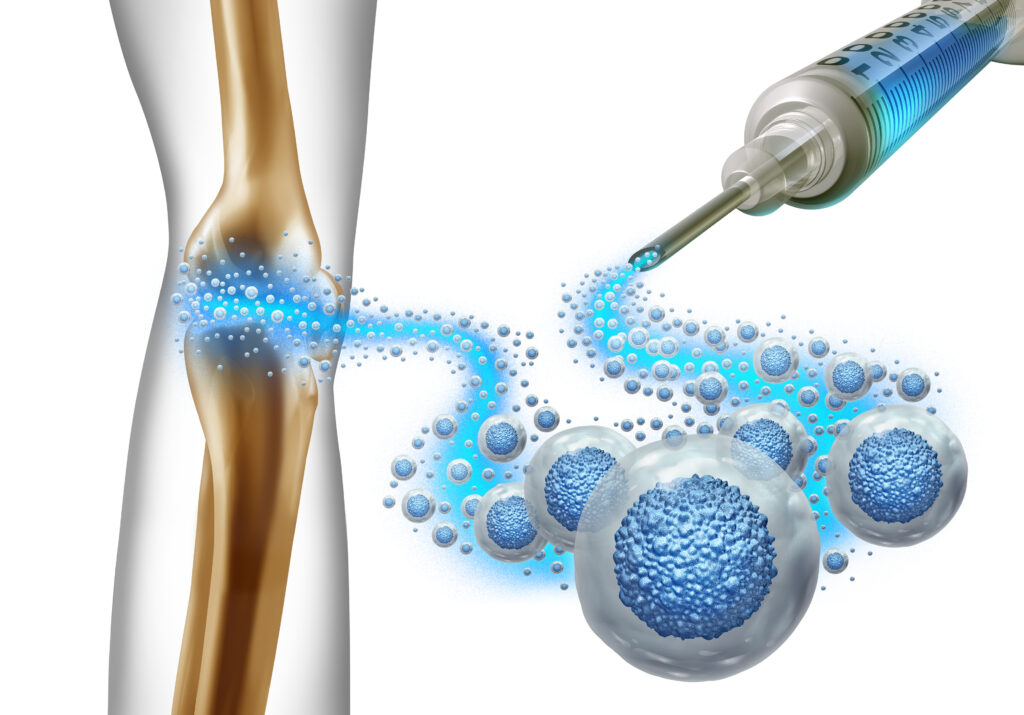Glenohumeral osteoarthritis (GOA) is a debilitating condition characterized by chronic inflammation, leading to significant joint damage and mobility issues. Traditional treatment methods often focus on alleviating symptoms without addressing the underlying inflammatory processes. However, recent advancements in regenerative medicine present promising new avenues for therapy, particularly through the use of extracellular vesicles (EVs) derived from mesenchymal stem cells (MSCs).
A recent study investigated the anti-inflammatory effects of EVs derived from human adipose-derived MSCs (hADSCs) that were genetically modified to overexpress microRNA (miR)-146a. MiR-146a is known for its role in regulating inflammatory responses, making it a strong candidate for therapeutic intervention in GOA.
In this research, the authors set out to determine the efficacy of these engineered EVs in reducing inflammation in an experimental model of GOA. The study involved transfecting hADSCs with either a mimic negative control or miR-146a mimics. Once the GOA was induced in C57/Bl6j mice, they were treated intra-articularly with phosphate-buffered saline, miR-146a EVs, or miR-control EVs.
The results were compelling. The expression levels of various cytokines, including interleukin (IL)-4, IL-10, tumor necrosis factor-alpha (TNF-α), IL-17, and interferon-gamma (IFN-γ), were analyzed to assess the inflammatory response. The data indicated that miR-146a EVs not only enriched the levels of miR-146a but also significantly reduced the expression of pro-inflammatory cytokines like IFN-γ, IL-17, and TNF-α. Simultaneously, there was an increase in anti-inflammatory cytokines, IL-10 and IL-4, in the treated mice compared to the controls.
Additionally, the treatment with miR-146a EVs resulted in an overall modulation of cytokine expression in the spleen, further reinforcing the anti-inflammatory potential of these vesicles. The findings suggest that EVs derived from hADSCs engineered to overexpress miR-146a can effectively disrupt the inflammatory cascade associated with GOA, offering a novel cell-free therapeutic approach.
This study underscores the potential of utilizing engineered EVs as a means to deliver specific microRNAs to modulate inflammatory responses in joint diseases like GOA. The implications are significant, as this strategy could pave the way for less invasive treatments that enhance the body’s natural healing processes.
The research was conducted by an accomplished team comprising Baotao Cao, Guangyuan Liu, Kai Gao, Wenqi Fan, Wei Zhao, and Baibai Wang, all affiliated with The Third Hospital of Shijiazhuang in China. Their work exemplifies the innovative strides being made in the field of regenerative medicine, offering hope for more effective treatments for those suffering from osteoarthritis.


